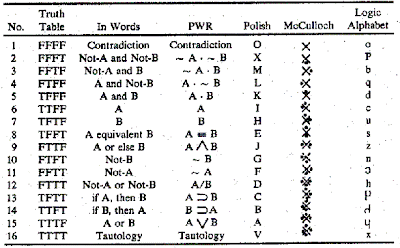
If your prayer life is like mine, you probably recognize a need for improvement. However, the journey into a deeper prayer life can be a difficult one. But, it's worth it!
"Be not afraid of slow progress. Rather, be afraid of no progress."
Following, is a suggestion for a passage to read with your attention on prayer and some of my observations, comments and a practical suggestion. It's good to read the passage yourself and make your own observations before reading mine.
Read Matthew 14.
[6] But when Herod's birthday came, the daughter of Herodias danced before the company and pleased Herod, [7] so that he promised with an oath to give her whatever she might ask. [8] Prompted by her mother, she said, “Give me the head of John the Baptist here on a platter.” [9] And the king was sorry, but because of his oaths and his guests he commanded it to be given. [10] He sent and had John beheaded in the prison, [11] and his head was brought on a platter and given to the girl, and she brought it to her mother. [12] And his disciples came and took the body and buried it, and they went and told Jesus. [Jesus Feeds the Five Thousand] [13] Now when Jesus heard this, he withdrew from there in a boat to a desolate place by himself. But when the crowds heard it, they followed him on foot from the towns. [14] When he went ashore he saw a great crowd, and he had compassion on them and healed their sick. [15] Now when it was evening, the disciples came to him and said, “This is a desolate place, and the day is now over; send the crowds away to go into the villages and buy food for themselves.” [16] But Jesus said, “They need not go away; you give them something to eat.” [17] They said to him, “We have only five loaves here and two fish.” [18] And he said, “Bring them here to me.” [19] Then he ordered the crowds to sit down on the grass, and taking the five loaves and the two fish, he looked up to heaven and said a blessing. Then he broke the loaves and gave them to the disciples, and the disciples gave them to the crowds. [20] And they all ate and were satisfied. And they took up twelve baskets full of the broken pieces left over. [21] And those who ate were about five thousand men, besides women and children. [Jesus Walks on the Water] [22] Immediately he made the disciples get into the boat and go before him to the other side, while he dismissed the crowds. [23] And after he had dismissed the crowds, he went up on the mountain by himself to pray. When evening came, he was there alone,
My observations, comments, practical suggestion:
Sometimes interruptions are opportunities. In other words, not all interruptions are bad. Jesus wanted to be alone, but when the people found out where He was, they came to Him. He did not send them away, but healed their sick and fed them. But notice that afterward He resumed His prayer time.
My friend, Jeremy, said that Jesus didn't look at prayer as interrupting life, but that, for Jesus, life interrupted prayer.
If, in prayer, we seek to be more like Jesus, we will need to pay attention to interruptions. However, being like Jesus doesn’t mean responding to any and all interruptions.
Here is a suggestion:
Keep a pad of paper with you when you pray. If something comes to mind that seems important or distracts you from your prayer, write it down. Then, ask if that interruption requires immediate action. If it does, be obedient and address it. If it doesn’t, you need not worry about forgetting about it later, for you have written it down. You can resume praying!
Keep in mind that even if you stop praying to attend to an important interruption, your prayer time with God is still important. You should make every effort to come back to it.













